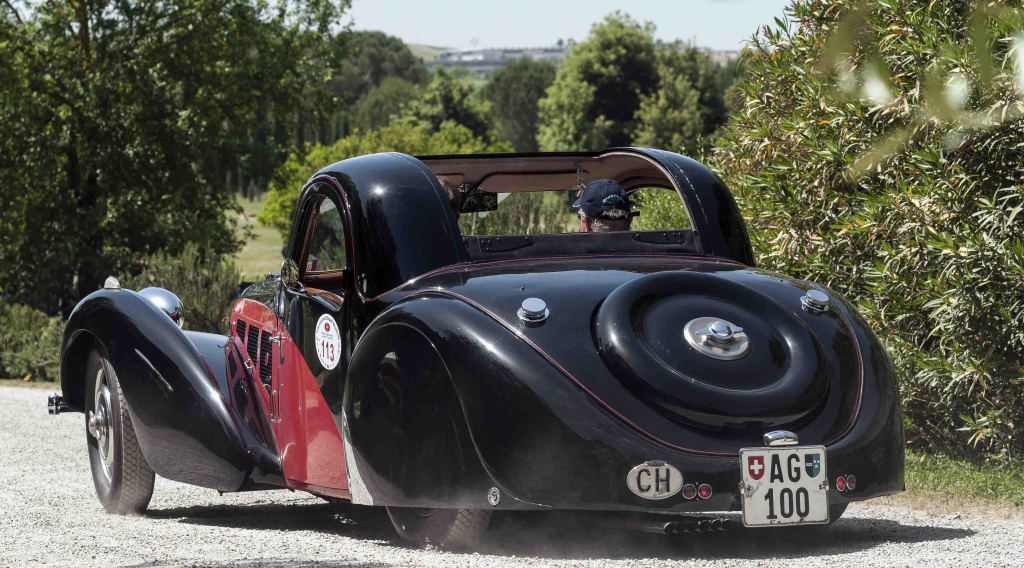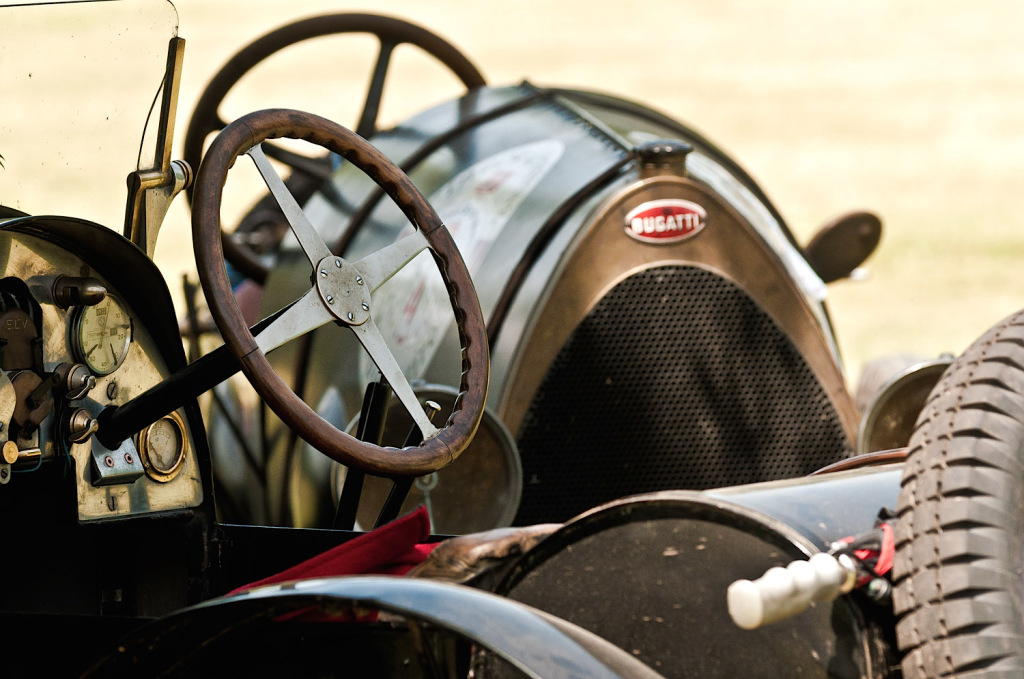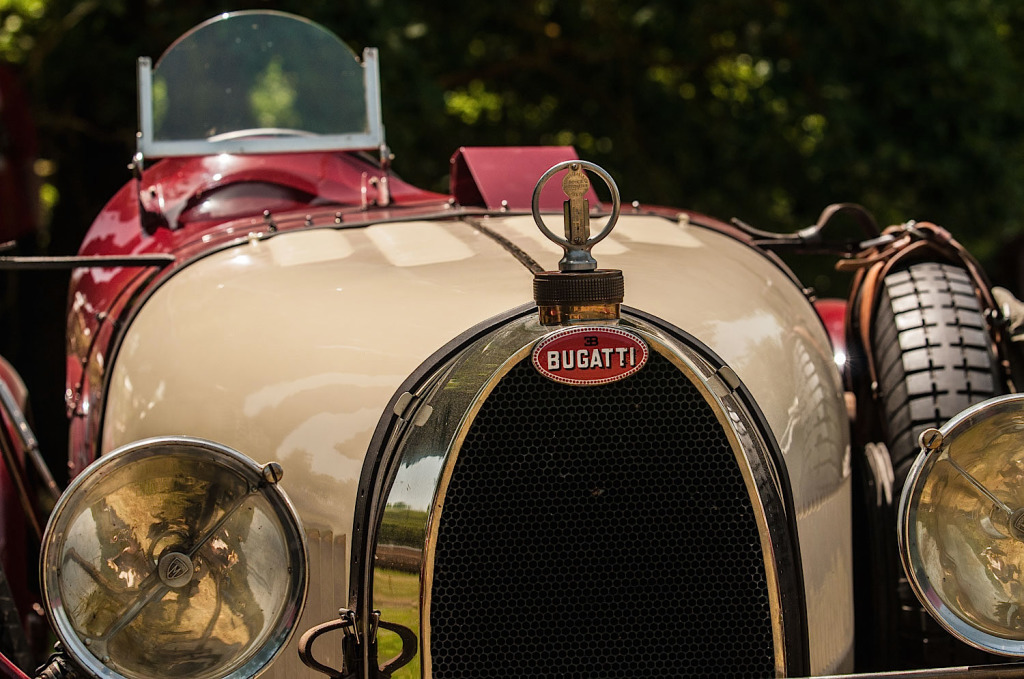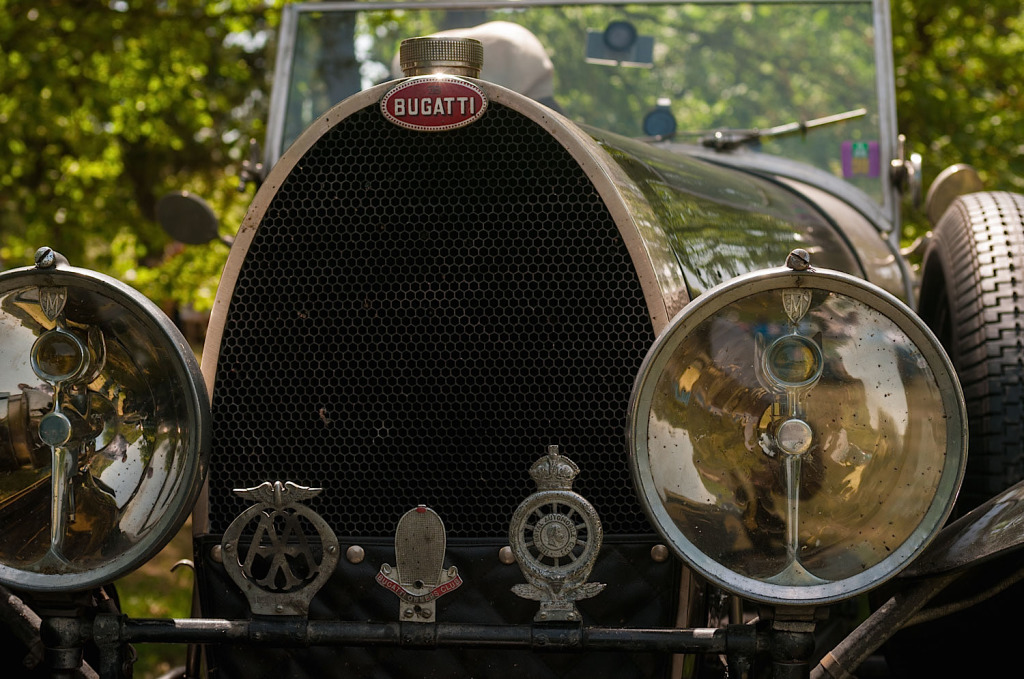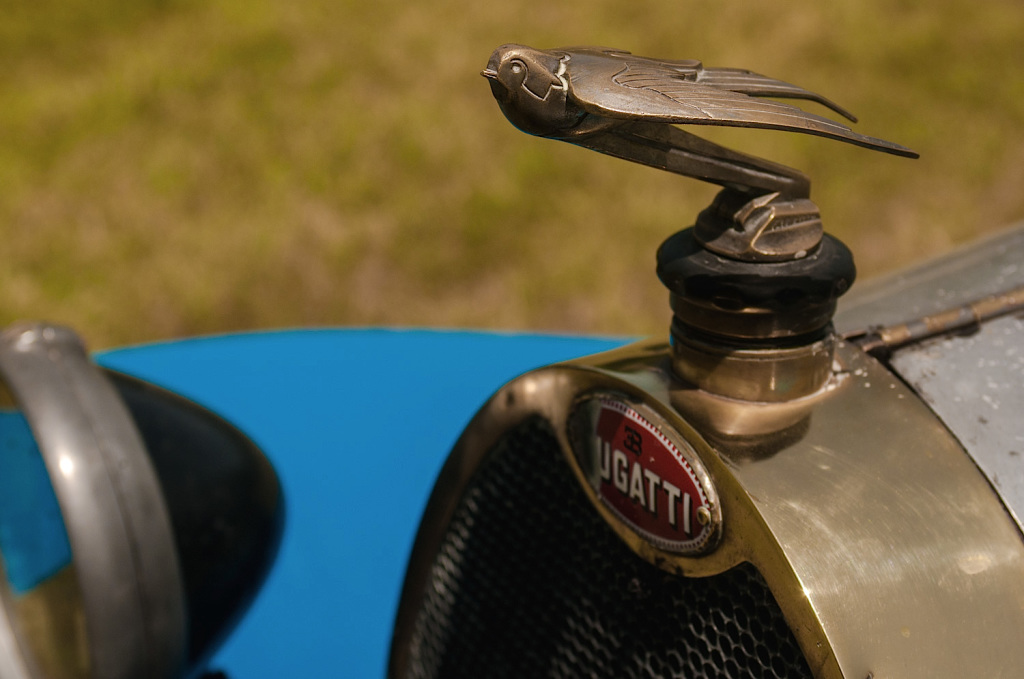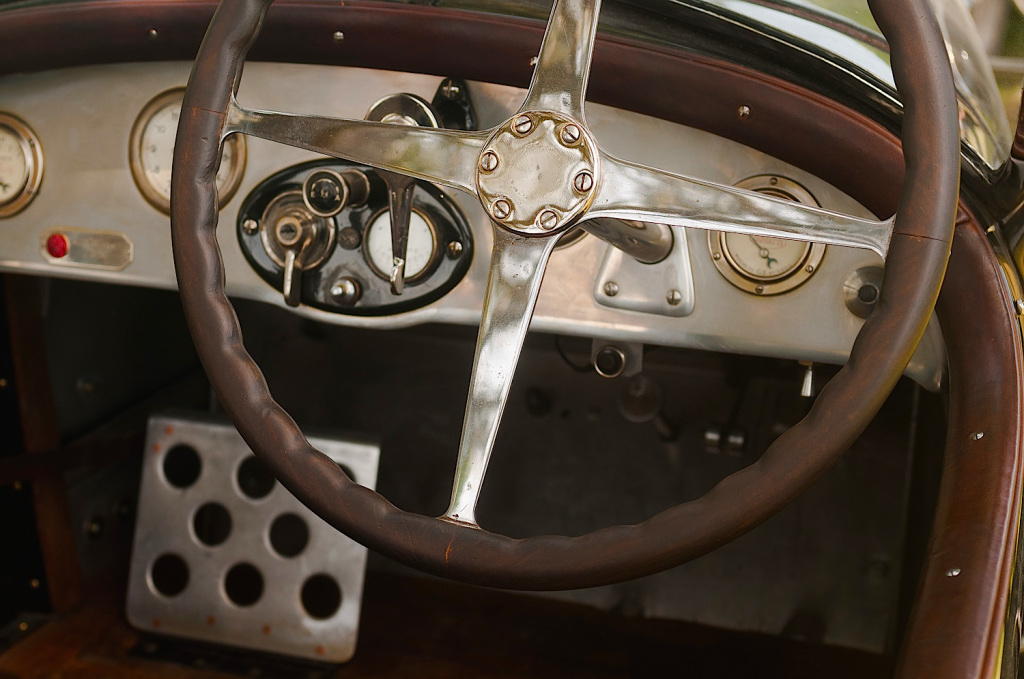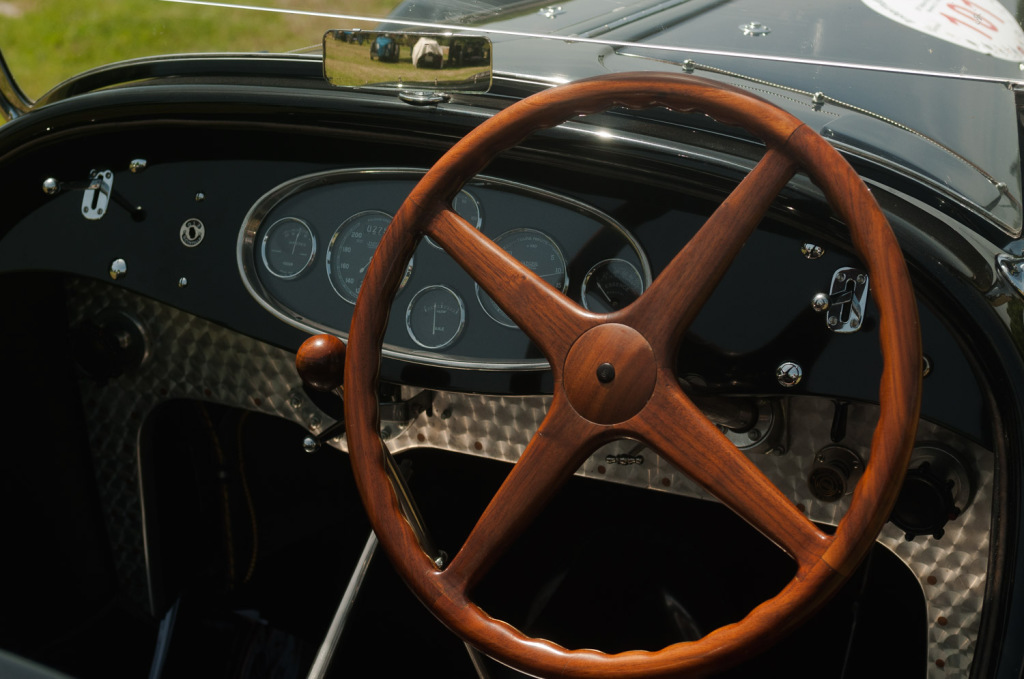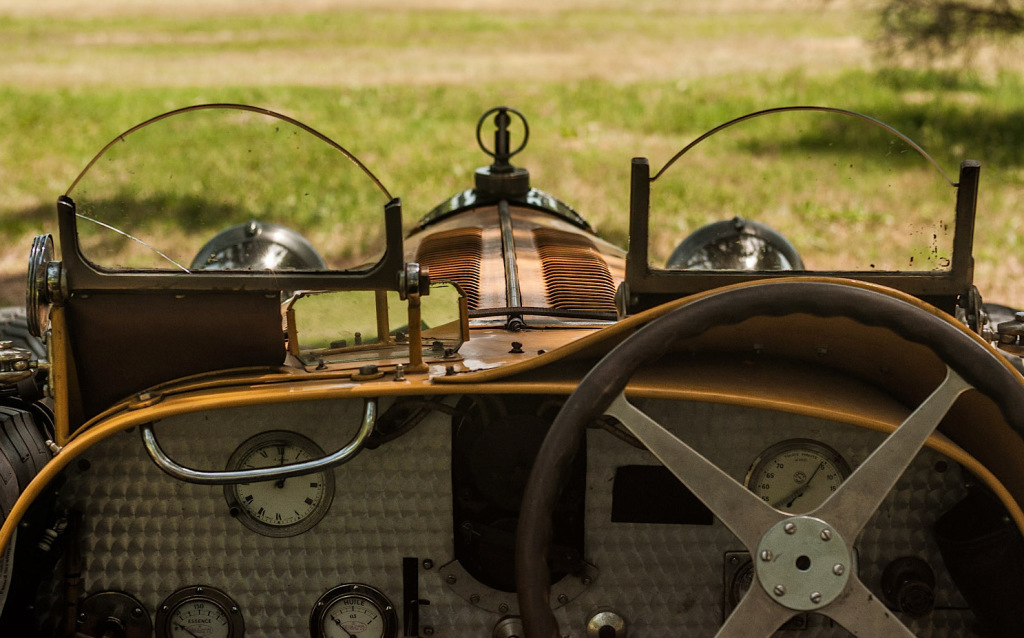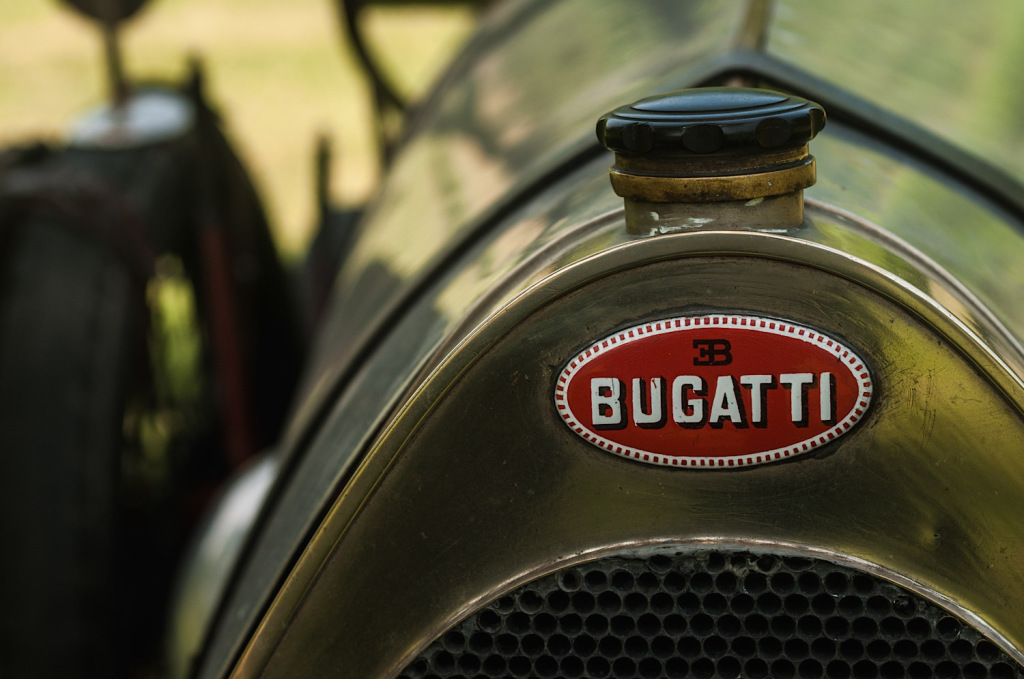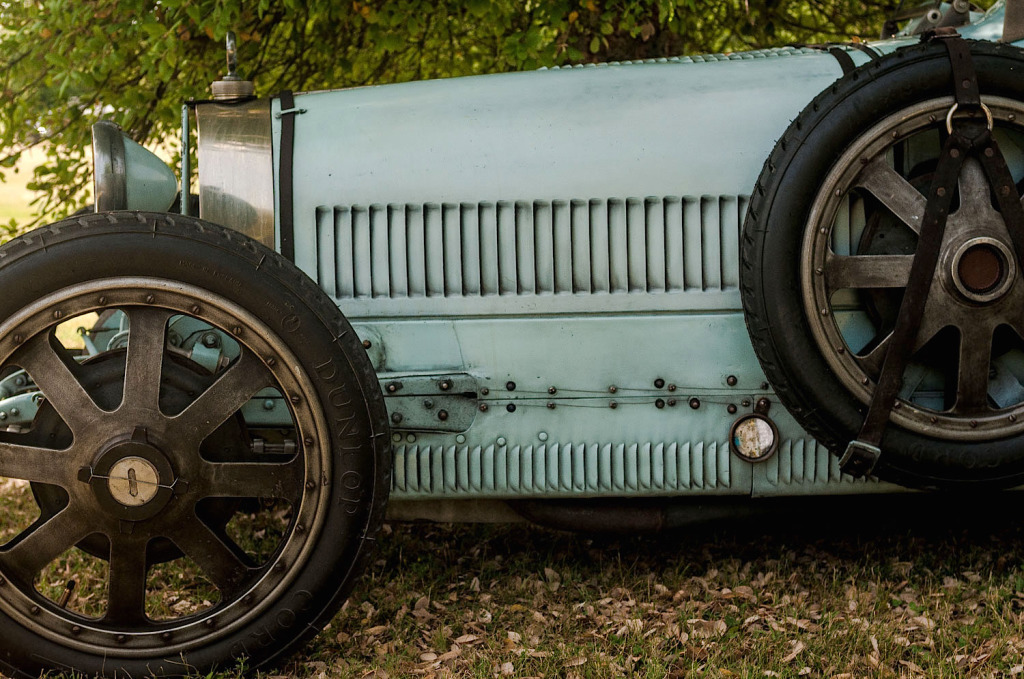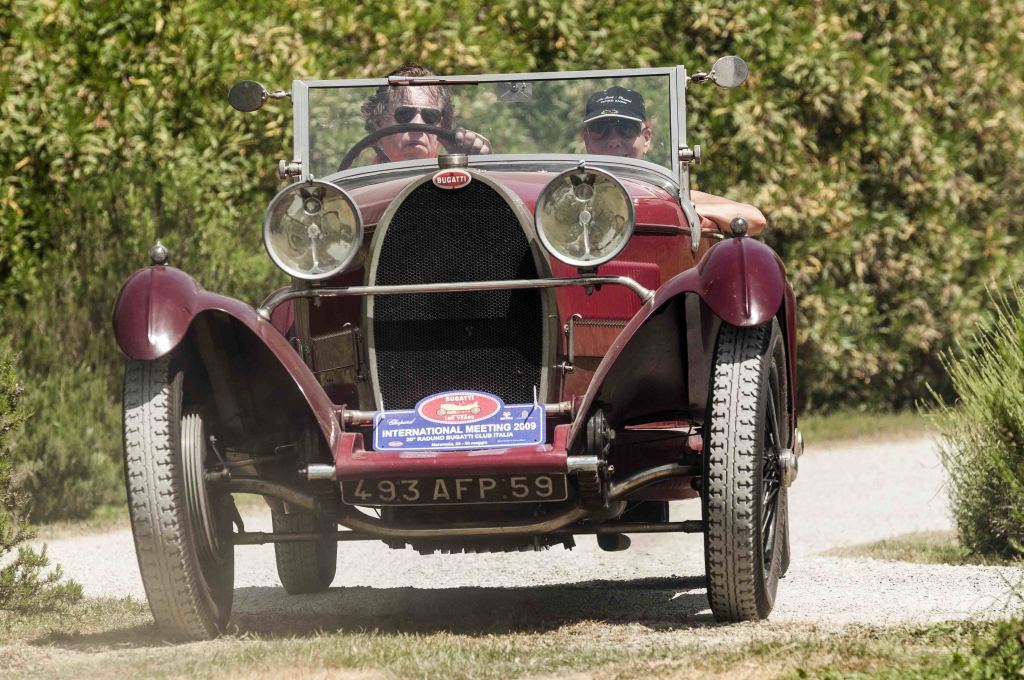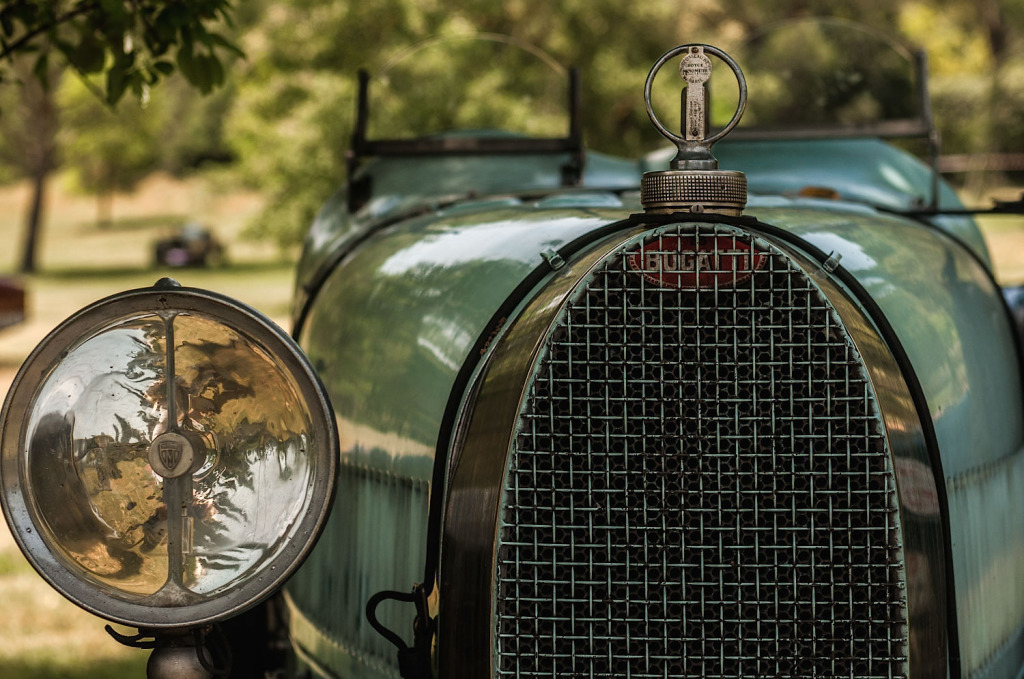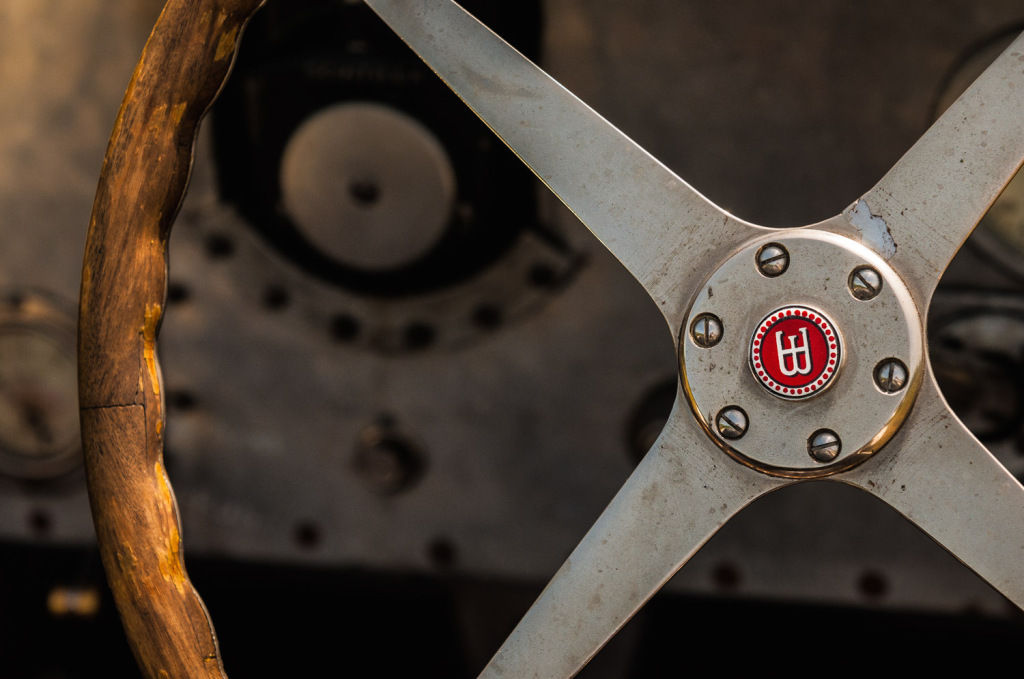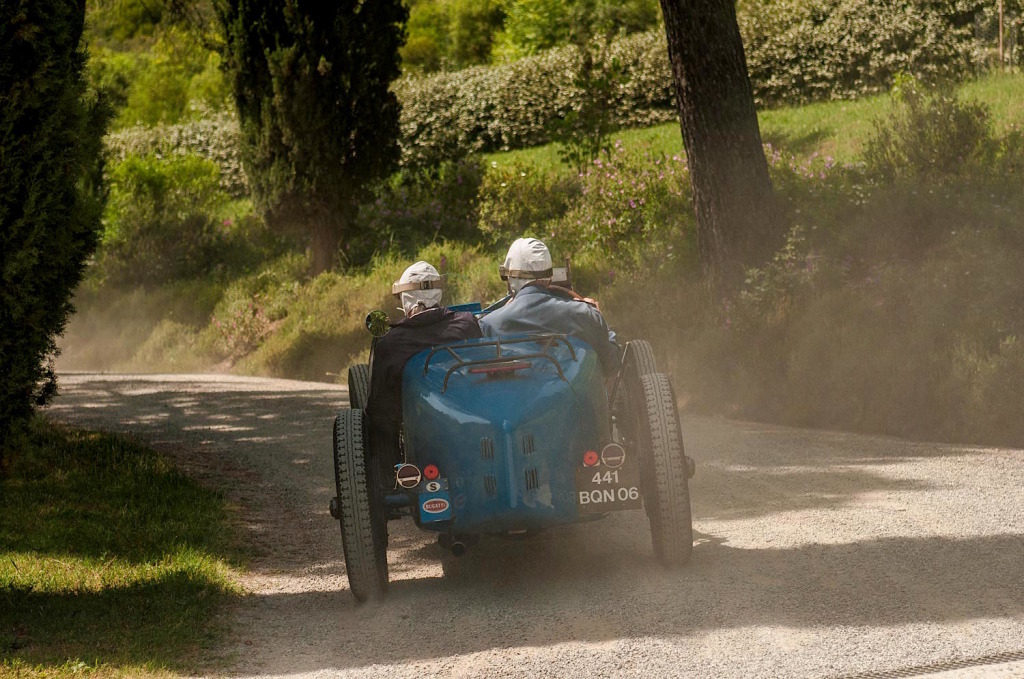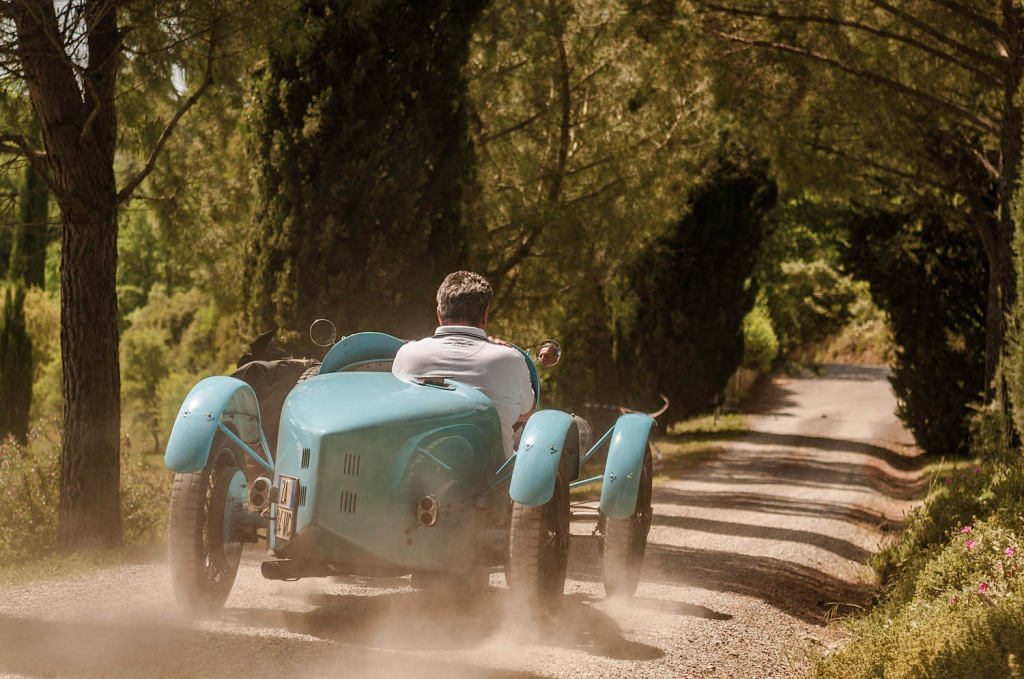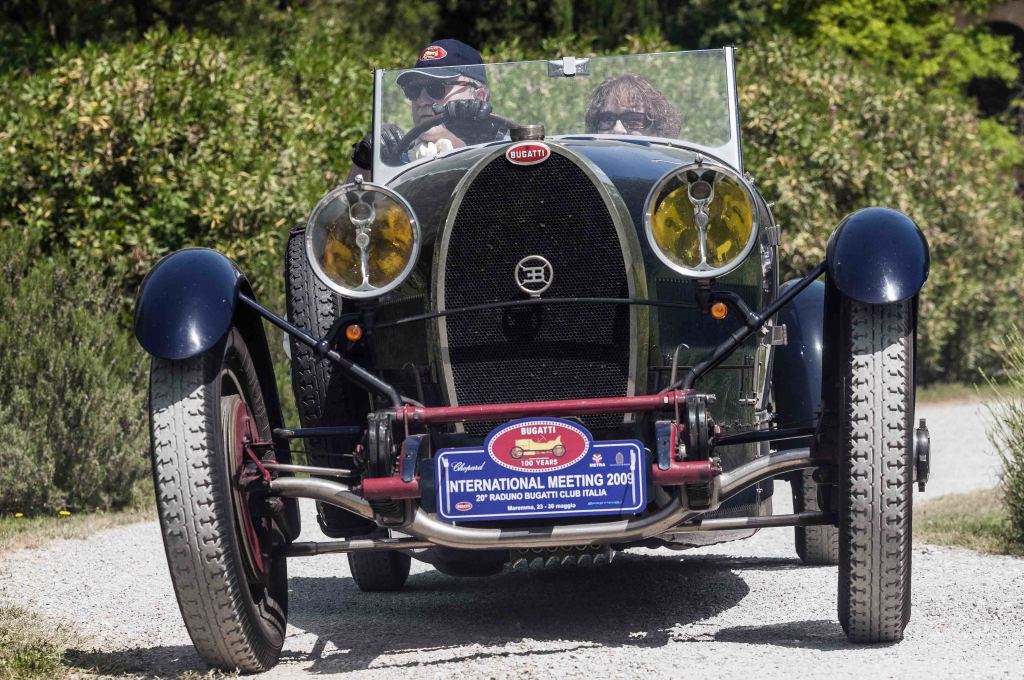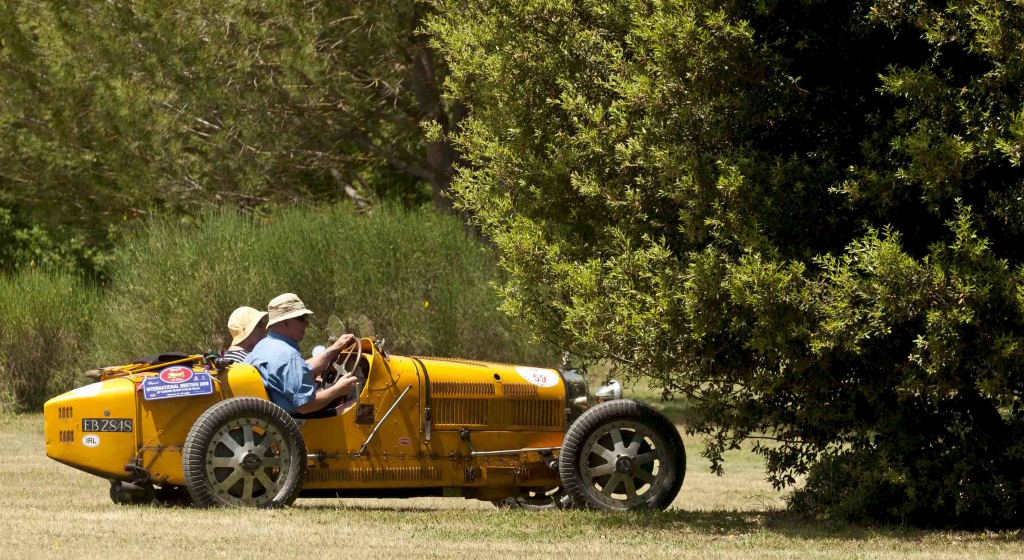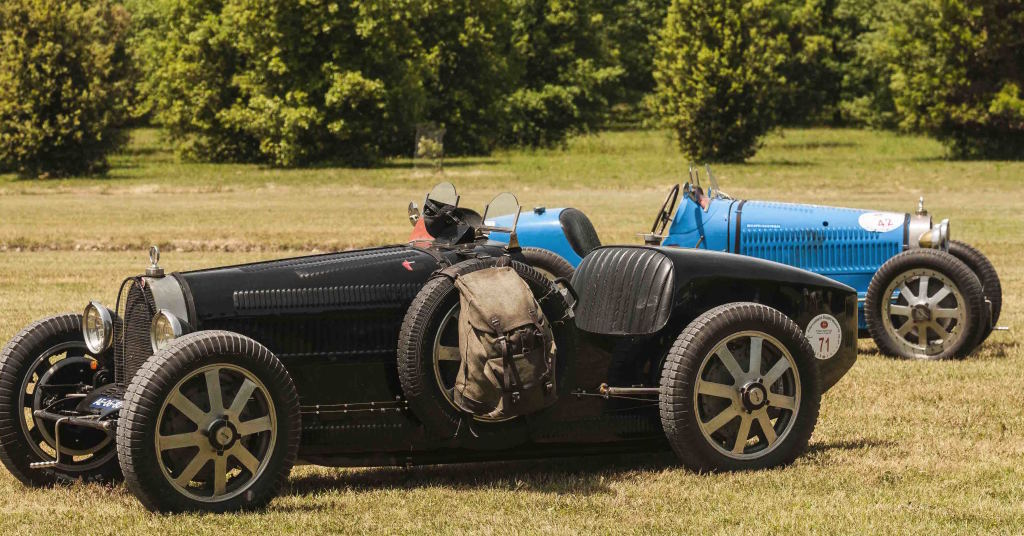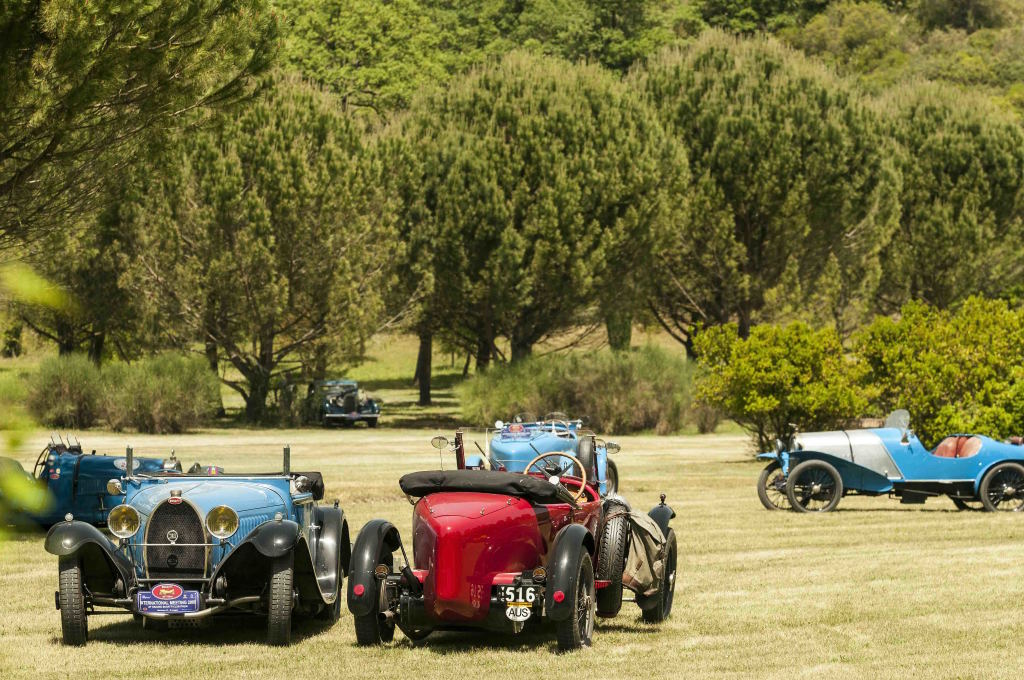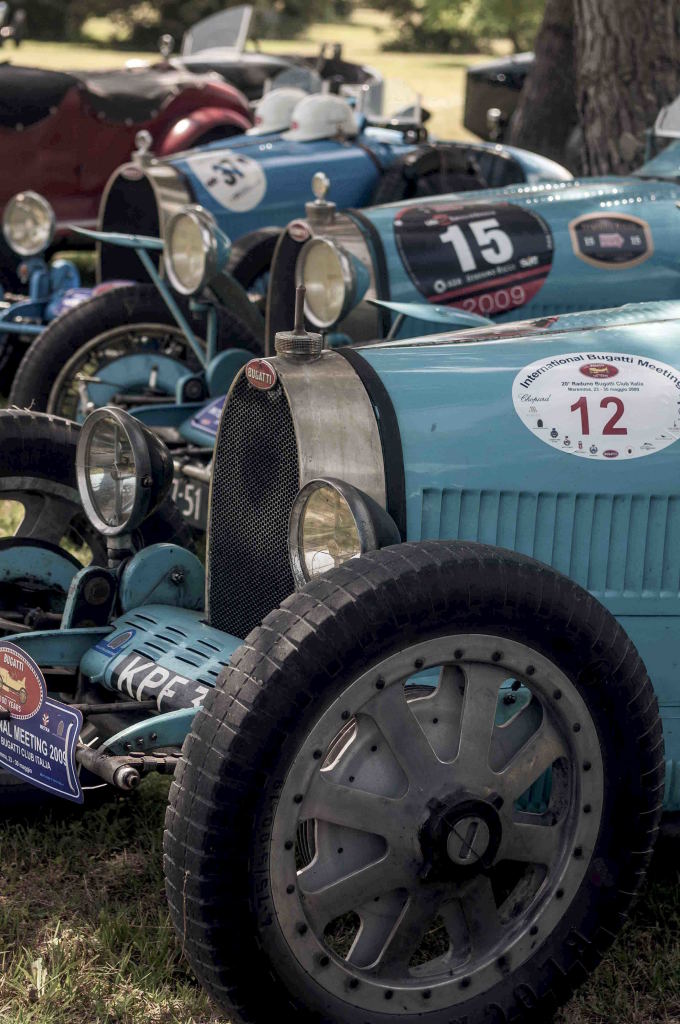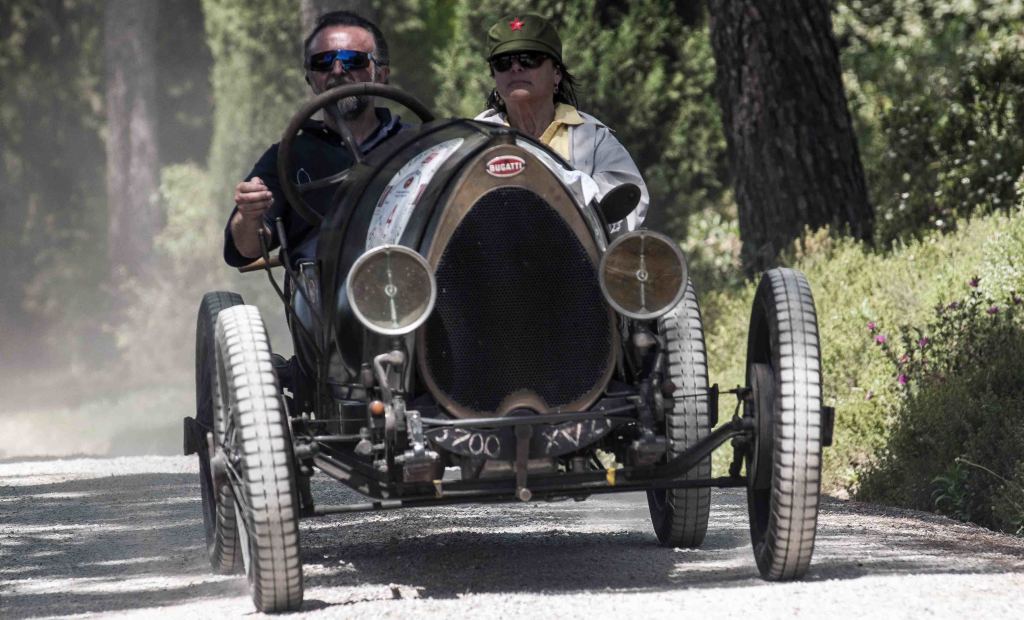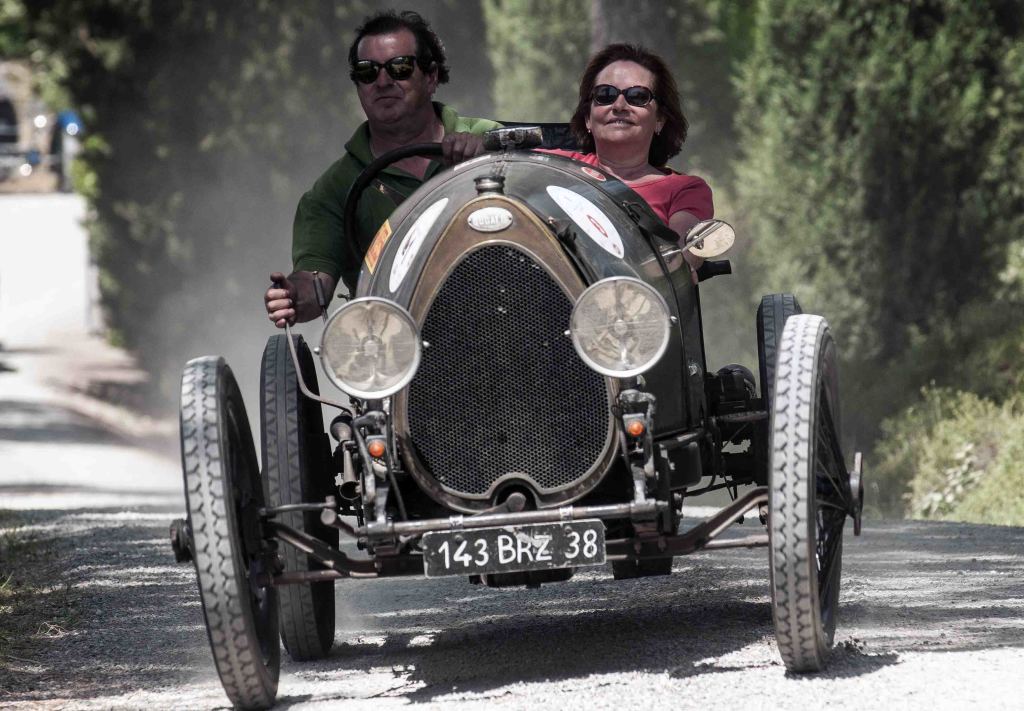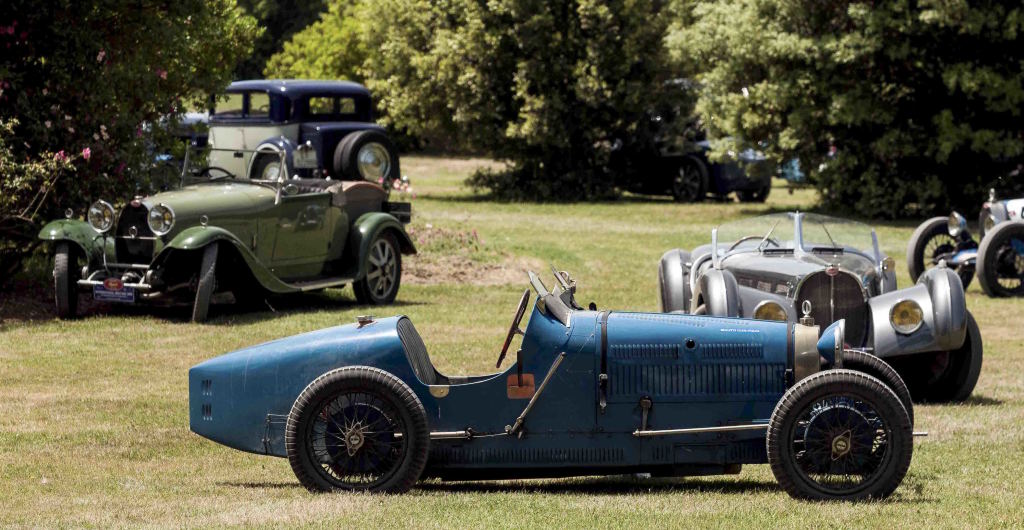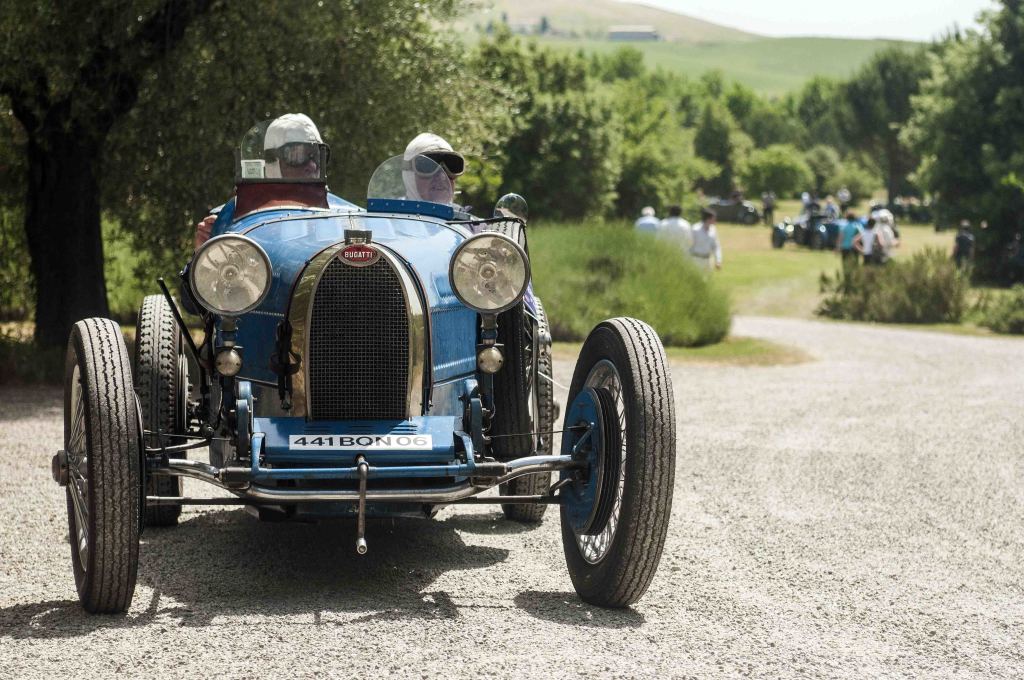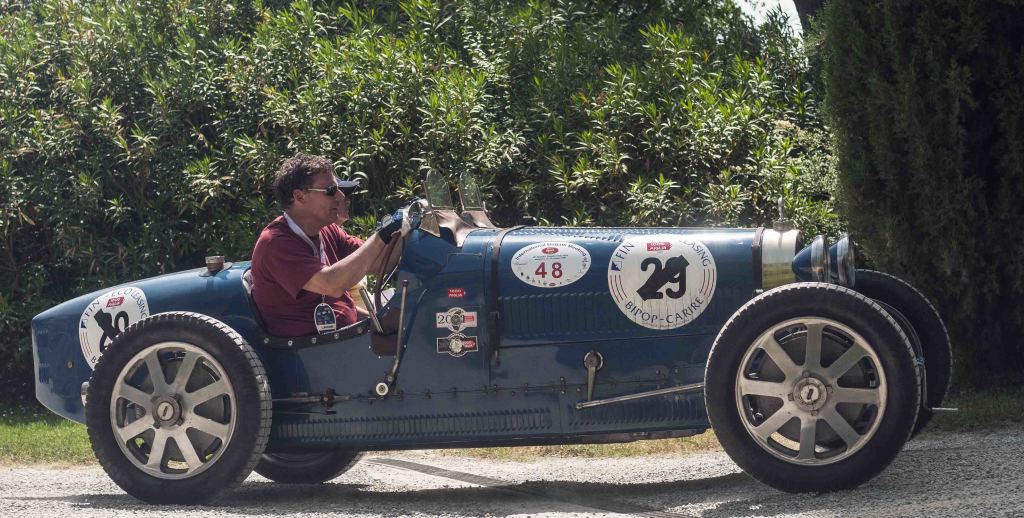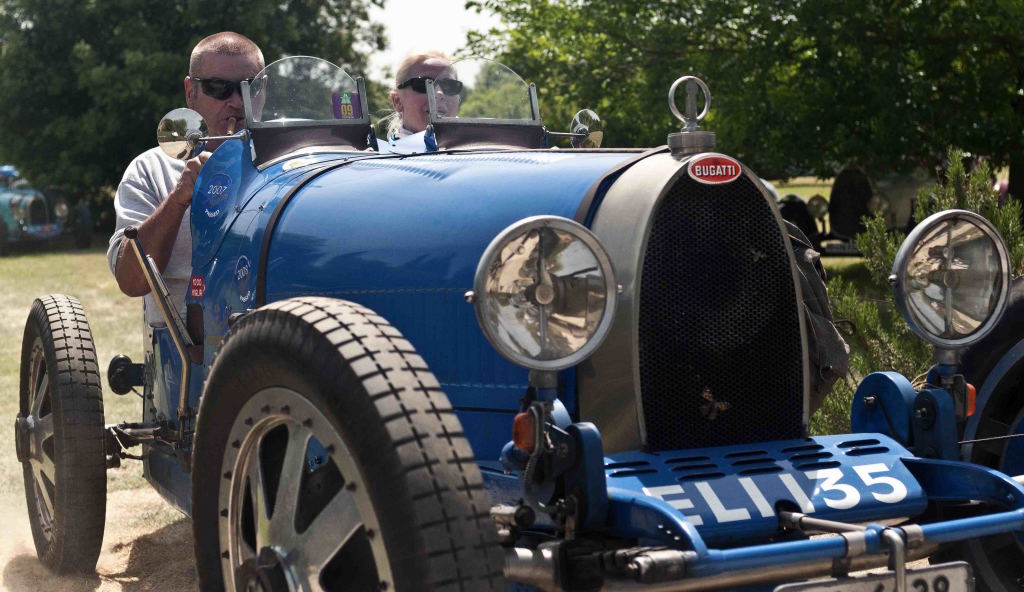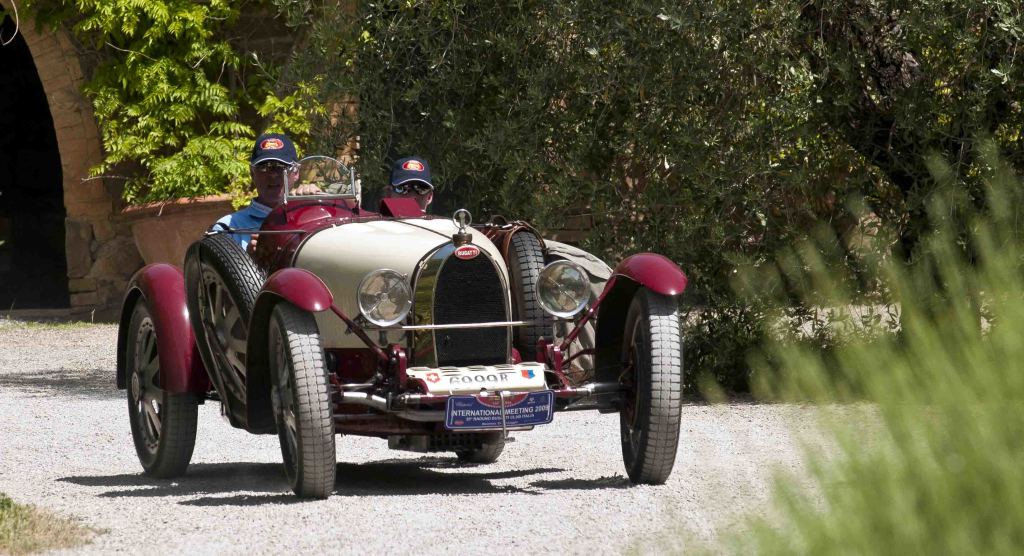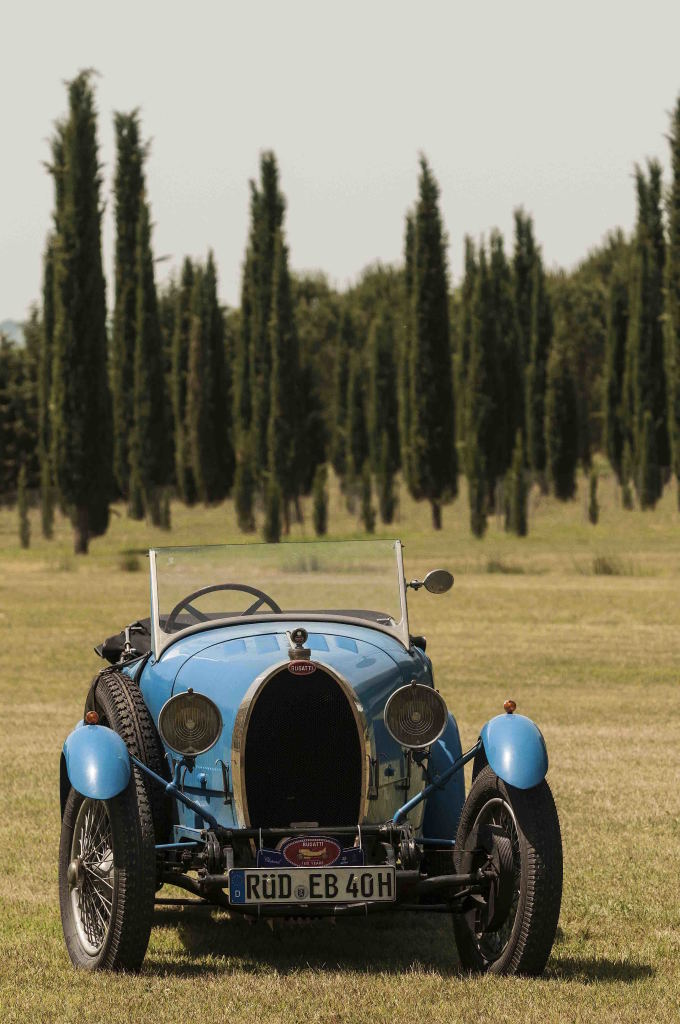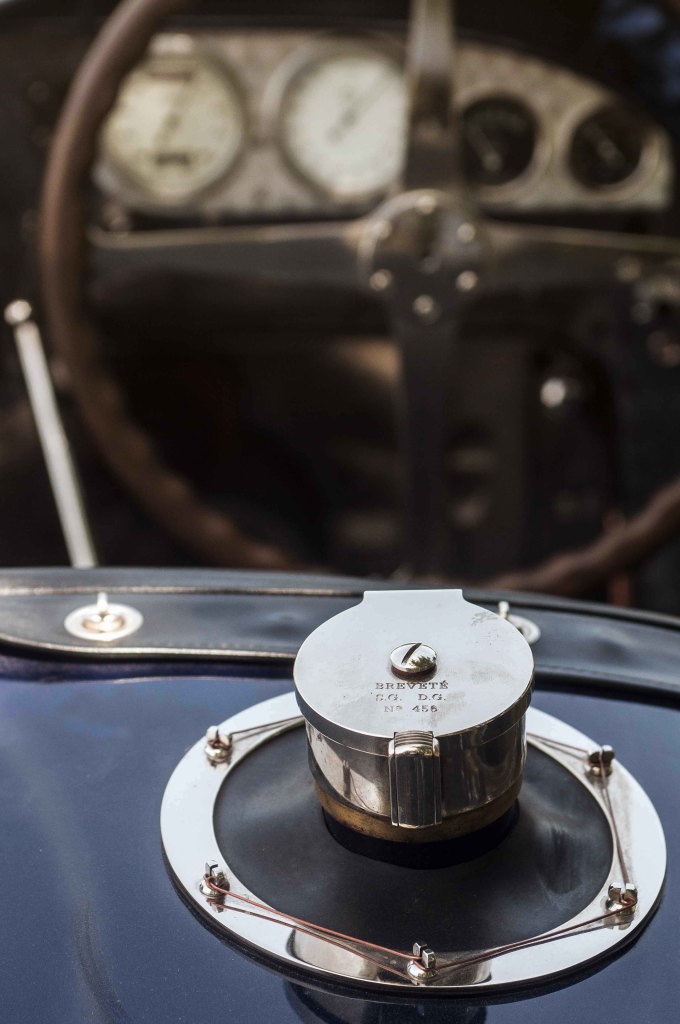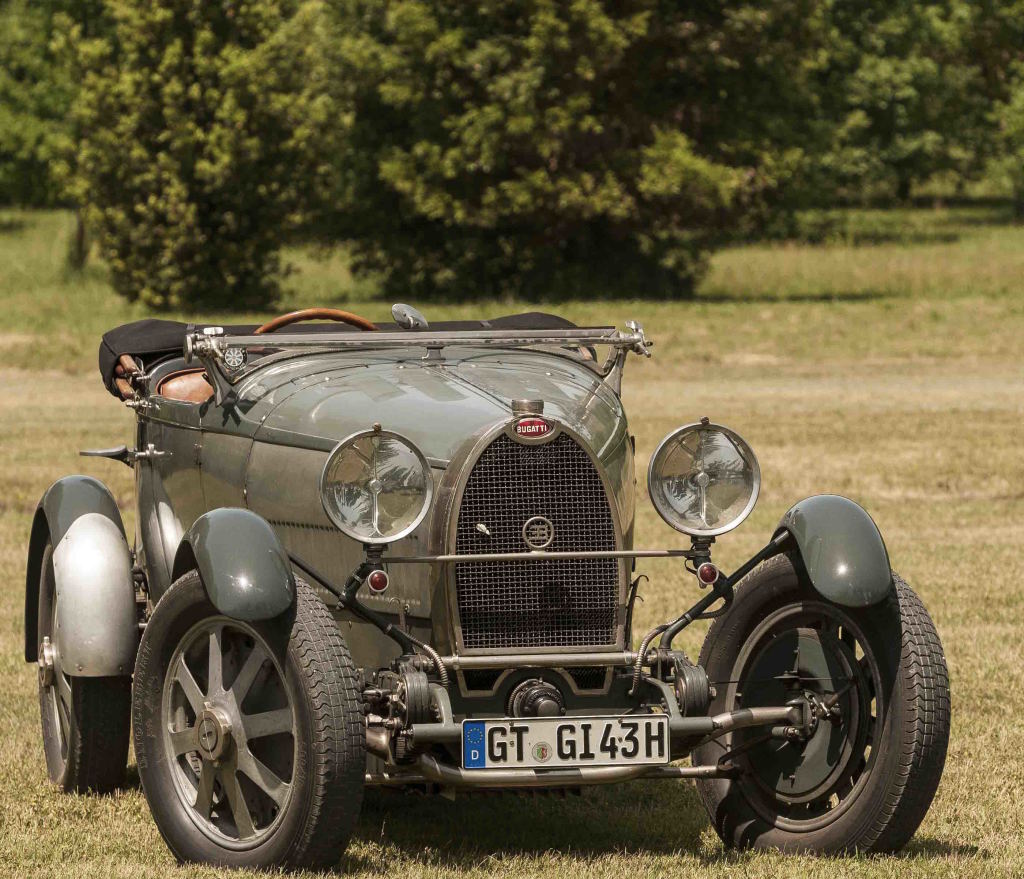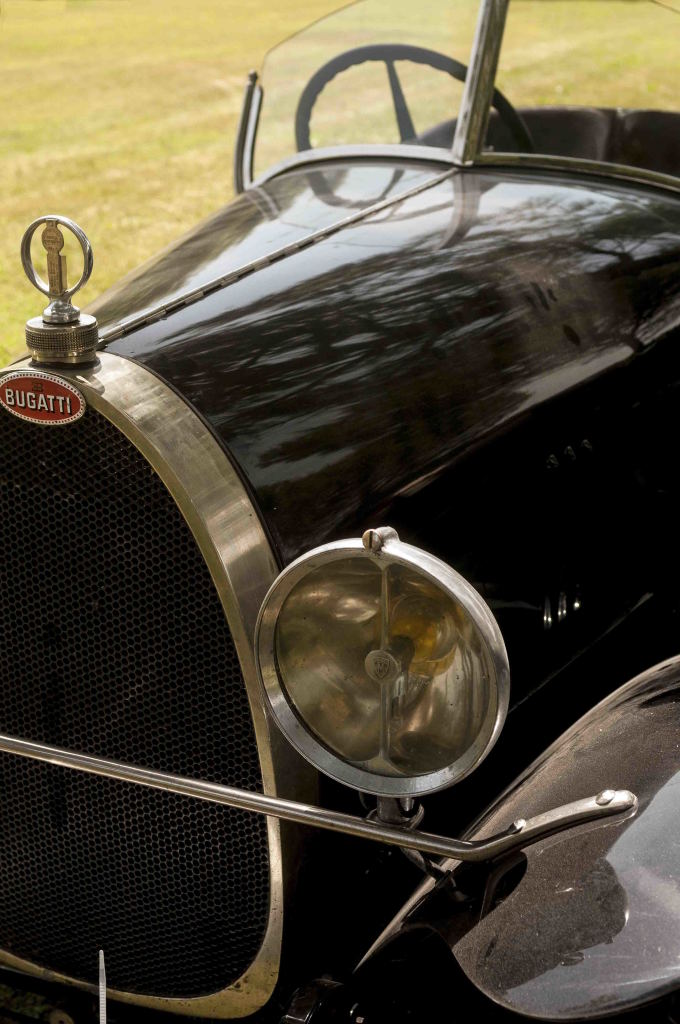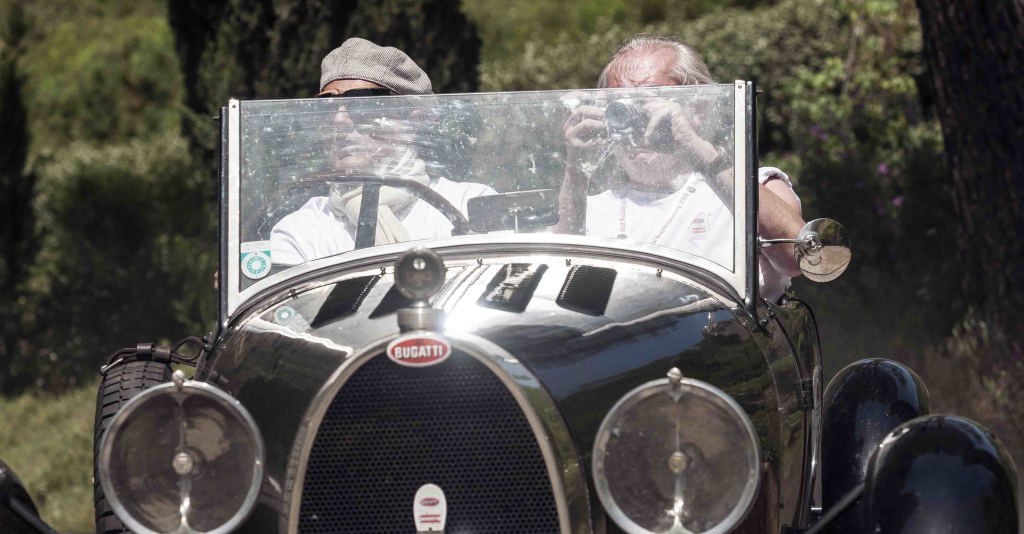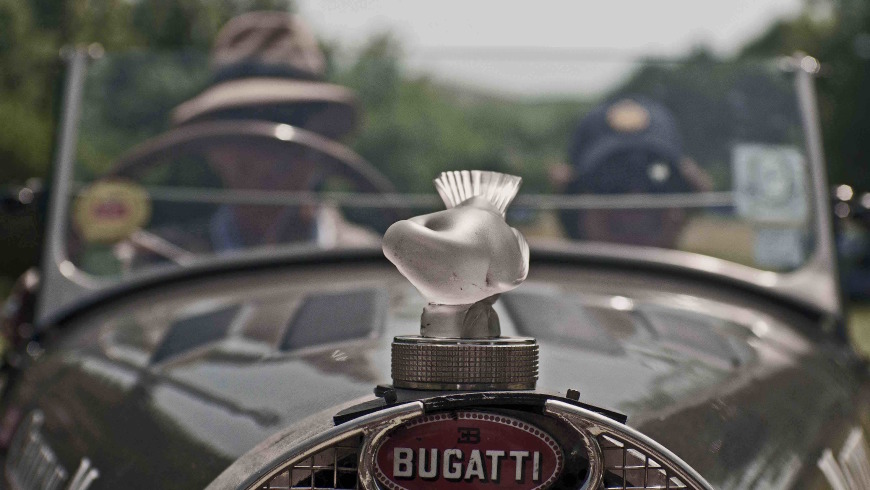
In 1909 Ettore Bugatti founded in Molsheim (now Mulhouse) in Alsace, at that time German territory, his car factory. Born in Milan in 1881 into a family of artists (his grandfather, Giovanni Luigi, was a sculptor, his father, Carlo an accomplished furniture and jewelry designer, his aunt Luigia, called Bice, Giovanni Segantini’s partner). He is animated by the conviction that entrepreneurial activity should be a manifestation and culmination of personality and not an instrument of mere gain. His creatures prove it immediately. They stand out for their beauty and their lightness. And for the stubbornness of the designer to want to ignore the technological innovations adopted by its competitors.
The racing cars race with national livery in blue – after the Treaty of Versailles Alsace is French again – without much success until 1925, when a small Bugatti car, the Type 35 driven by Meo Costantini, won the Targa Florio for first time (successfully repeated by the maison for the next three years) and in 1926 it is confirmed in the Grand Prix World Championship, the formula 1 of the time, bringing in the victory in the Grand Prix of France, Europe and Italy. With these victories the relative commercial success arrives.
In those years, Ettore also works on the production of a mammoth luxury car, the Royale, with the intention to outperform the British Rolls-Royce and the German Maybach. The prototype shows off many details in gold (because of this it is also known as Gold), but the project does not reveal itself a deal. Of the six samples completed only three are sold. With Ettore still alive (he died in the American hospital in Neuilly-sur-Seine in 1947) his son Jean follows in the stylistic management of the family company. To him we owe that which is considered the most eccentric car and perhaps the most beautiful produced ever: the Type-57, conceived in 1934. It has an eight-cylinder engine for 3257cc; it is produced in about 700 specimens and it is capable in the 57SC Atlantic version (with bodywork, in just three examples, made in the Gangloff of Berne workshops) of 210 km/h. The first Atlantic was bought by British billionaire Richard Pope and is since 1988 in designer Ralph Lauren’s collection. The factory in Moulhouse/Molsheim was requisitioned by the German army in 1941 and “sold” for 150 million francs, half of its estimated value, by Ettore to the occupants. Because of this forced sale Bugatti, after the war, was accused and convicted, in the first instance, of collaboration. His assets were impounded until posthumous acquittal in 1947, a few months after his death.
Apart from the Atlantic, every Bugatti is the dream of any fan of vintage cars. Many lucky ones who have realized that dream meet every year for an international gathering: the one in 2016 will take place in Montreux, Switzerland, from June 20th to 26th. The photographs that follow refer to the one held in Maremma, Tuscany, Italy in 2009.
